
Understanding lake salmon species
Different species of lake salmon
When it comes to lake salmon, there are several distinct species to be aware of. Each of these species not only has unique characteristics but also offers different challenges and experiences for fishing enthusiasts.
Chinook salmon
Also known as king salmon, Chinook salmon are among the largest species of Pacific salmon. They can grow up to 100 pounds, but most lake-dwelling Chinooks average between 10-20 pounds. Known for their powerful runs and leaps, they are a prized catch in lakes such as Michigan, Huron, and Ontario.
Coho salmon
Coho or silver salmon are slightly smaller than Chinooks, but they are no less fierce, especially when they start their acrobatic jumps. Adult coho salmon usually weigh between 8 and 12 pounds. Lakes like Michigan and Huron are popular spots for catching this species.
Atlantic salmon
Atlantic salmon are less common in North American lakes compared to their Pacific counterparts, but they can be found in some places like Lake Ontario and lac Champlain. Landlocked varieties of Atlantic salmon, often referred to as ouananiche, provide anglers with excellent sport due to their fighting prowess.
Sockeye salmon
Sockeye, or red salmon, are another popular species for river fishing, especially during their spawning runs. They are particularly famous in the Great Lakes, specifically in Lake Ontario and Lake Michigan, offering a unique fishing experience for anglers.
Pink salmon
Pink salmon, often called humpies, are one of the smaller salmon species, typically weighing between 3 to 5 pounds. Despite their smaller size, they are abundant and provide lively action for anglers in lakes such as Huron and Ontario.
Want to learn more about the diets of different fish species? Check out what bluegill eat.
Top lakes for salmon fishing
Lake michigan: prime destination for lake salmon fishing
When it comes to lake salmon fishing, Lake Michigan truly shines as a premier location. As one of the largest lakes in the Great Lakes system, it offers abundant opportunities for fishing enthusiasts. According to the Michigan Department of Natural Resources, Lake Michigan hosts significant populations of chinook salmon, coho salmon, and lake trout.
In 2022 alone, anglers reported catching over 1 million salmon in Lake Michigan. Chinook salmon, also known as king salmon, are particularly famed for their size and fighting spirit, making them a popular target. Coho salmon, often termed as ‘silvers’, are also highly sought after for their acrobatic displays once hooked. According to recent studies, the combination of these species’ presence makes Lake Michigan a top-tier salmon fishing hub.
Lake ontario: an angler's paradise
Another hotspot in the Great Lakes is Lake Ontario, known for its landlocked Atlantic salmon populations. The New York State Department of Environmental Conservation notes that the lake is bustling with salmon and trout opportunities, thanks to ongoing conservation and stocking efforts. Fishing enthusiasts often rave about the variety of species they can net in these waters, including chinook salmon, coho salmon, and brown trout. In 2021, Lake Ontario reported record catches of Atlantic salmon, with some weighing over 30 pounds.
Lake Ontario’s rich ecosystem supports not just the salmon population but also species such as steelhead and rainbow trout, which are known to feed extensively in the high water column. This feeding behavior makes them exciting targets during fishing expeditions.
A look at montana state parks
While often associated with fly fishing in rivers like the Clearwater River, Montana State Parks also offer excellent salmon fishing, especially in places like Salmon Lake State Park and Seeley Lake. Studies have shown that landlocked salmon thrive in these waters. Visitors to the park have shared thrilling accounts of their catches, making it a must-visit for salmon enthusiasts.
One noteworthy point is that salmon in these lakes are often found at various depths, which adds to the excitement and challenge of fishing here. Many anglers use downriggers to reach the salmon lurking in the colder, deeper parts of the lakes.
Exploring lake champlain
Straddling the borders of New York and Vermont, Lake Champlain is another favored destination. Its landlocked Atlantic salmon population is one of the central attractions here. Vermont Fish and Wildlife Department has actively managed the lake’s fishery, making it a haven for those seeking both trophy-sized fish and picturesque fishing spots.
During peak seasons, anglers from across the state come here for a chance to reel in Atlantic salmon, with reported catches often showcasing impressive sizes that provide memorable fishing experiences.
Essential gear for lake salmon fishing
Rods and reels for lake salmon fishing
If you're looking to catch lake salmon, you need the right rod and reel to handle these powerful fish. For lake fishing, a medium-heavy to heavy-action rod is ideal. Experts recommend rods between 8 to 10 feet long to give you the leverage needed for a good hookset and to manage the long battles that can ensue when targeting elusive salmon.
According to professional angler John Smith, 'Using the right rod and reel combo is crucial when fishing for lake salmon. You need the strength to control the fish and the sensitivity to feel the bite.' High-quality graphite rods are often preferred for their combination of strength and sensitivity.
Choosing the right line
A critical aspect of lake salmon fishing is the type of fishing line you use. The line needs to be strong, yet thin enough to effectively cut through water with minimal drag. Monofilament and braided lines are both popular choices among anglers. Monofilament lines, usually around 10- to 20-pound test, offer good stretch and are less visible underwater. Braided lines, on the other hand, have little to no stretch and are incredibly strong for their diameter, often falling in the 30- to 50-pound test range.
Tom Jackson, a noted fishing guide in Lake Michigan, points out, 'Braided lines are my go-to for salmon fishing in deep waters. They provide the toughness needed to handle sharp teeth and rocky bottoms.'
Essential lures and baits
When it comes to lures and baits for lake salmon, variety is key. Spoon lures are a tried-and-true favorite, imitating the flashing scales of baitfish. Additionally, trolling plugs and flasher rigs are very effective, especially when targeting chinook and coho salmon in the Great Lakes.
Live bait such as alewife, smelt, or nightcrawlers can also be incredibly effective. The important thing is to match the bait to the local food sources of the lake you're fishing. Techniques like trolling with downriggers can ensure your lure or bait reaches the desired depth, enhancing your chances of success.
Additional equipment
Besides the basics, you'll need a few additional pieces of equipment to successfully fish for lake salmon. Downriggers are vital for getting your bait down to the deeper parts of lakes where salmon often reside. Fish finders and GPS units can also be incredibly helpful in locating schools of fish and navigating large bodies of water.
Lastly, don't forget a good pair of polarized sunglasses. Not only do they protect your eyes from the sun, but they also cut through the glare on the water, allowing you to spot fish more easily. And for a smoother trip, take a look at our boat maintenance guide.
Best times of year for lake salmon fishing
When exactly should you go lake salmon fishing?
You might think any time is a good time to fish for lake salmon, but trust me, some periods are better than others. Timing can be everything.
Spring: the spawning magic
Spring is a prime time for anglers targeting lake salmon. As water temperatures warm, salmon move closer to the surface and engage in their spawning run. Chinooks, cohos, and atlantic salmon congregate in rivers and streams leading to large lakes.1 For example, in Lake Michigan, spring brings a surge of chinook salmon near the tributaries.
Summer: the deep dive
By summer, salmon usually retreat to deeper, cooler waters. It’s the time to use sonar and downriggers to find success.2 Various studies have shown fish tend to move to depths of 40 to 80 feet, where the water column offers a comfortable climate.3 Lake Ontario's summer scene is a classic example where king salmon can be found lounging in deeper zones.
Autumn: the hunt for giants
Early fall is another golden window. The salmon prepare for migration, and the cooling waters bring them closer to the surface once more. Large, mature fish are on their way back to spawn, making it an optimal time for trophy catches.4 In the great lakes, massive coho and chinook salmon are a common sight.
Winter: the challenge
If you can brave the cold, winter fishing also has its rewards. Lake trout remain active and feed aggressively, offering a different kind of thrill. Steelhead, another trout species, often moves into the rivers connected to large lakes.5
Daily timelines
Not just the season but also the time of day matters. Early mornings and late afternoons tend to be peak times for hits. Fish are naturally inclined to be more active during lower light conditions. It’s why you’ll see most seasoned anglers getting an early start.6
Weather and its mood swings
Weather patterns massively influence salmon behavior. Cloudy days, right before or after a storm, often pique their activity levels owing to the changes in water pressure.
Expert tips for planning trips
Experts recommend using local fishing reports and apps to get real-time data on water temperatures and salmon movements. Consulting resources about freshwater species and their habits can also provide valuable insights.
“Understanding the habits of the salmon and the ecosystem of the lakes can give you a tremendous advantage,” says John Adams, a veteran angler from Michigan.1 Source: Great Lakes Salmon Initiative, 2022.
2 Source: Michigan DNR, 2021.
3 Source: NOAA Fisheries, 2020.
4 Source: Lake Ontario Fishing Guide, 2022.
5 Source: Wisconsin DNR.
6 Source: Angler Survey, 2021.
Expert tips and techniques for catching lake salmon
Picking the right bait
Choosing the right bait can make or break your lake salmon fishing trip. Different species of salmon, such as Chinook, Coho, and Atlantic salmon, have variations in what they prefer, but many anglers find success with a range of bait types. For instance, live bait like minnows is popular among lake trout, while salmon often go for worms and nightcrawlers. It’s also crucial to know that salmon, especially in lakes like Michigan and Ontario, are drawn to smelly, oily baits. Attractors like squid strips or salmon eggs can also be highly effective.
Understanding water columns
Mastering your fishing depth can significantly increase your catch rate. Salmon often hold at various depths, depending on the time of year and water temperature. In colder months, they might be deeper, while spring and fall see them more active in higher water columns. Notably, using a depth finder or fish finder can drastically improve your chances by showing where schools of salmon are swimming. In lakes like Lake Michigan, anglers often start at 20 feet and adjust based on fish activity.
Using the right gear
Having the appropriate gear is another crucial factor. Specific rod types, such as a medium-heavy action rod, paired with a high-capacity reel, are often recommended for lake salmon. If targeting larger salmon like Chinook or Coho, ensuring your equipment includes a strong, durable line, typically around 15-20 lb. test, is essential. Companies like Shimano and Daiwa offer reels specifically designed for salmon fishing. Additionally, using lures like spoons and spinners from brands like Mepps and Blue Fox can mimic the salmon's natural prey, increasing your chances of a successful trip.
Understanding spawning times
The timing of your fishing trip plays a pivotal role in your success. Salmon generally spawn in the fall, but specific solunar tables can provide insights on the best fishing times throughout the year. In lakes such as Lake Huron and Lake Ontario, keeping track of the salmon's migration and spawning can optimize catch rates. During spawning, salmon tend to congregate in tributaries and rivers like the Clearwater River. Timing your trip to these peak periods can drastically enhance your fishing experience.
Leveraging expert advice
Consulting with local experts and guides can be invaluable. Anglers like Captain John Wilhem of Michigan, who has over 20 years of experience, often emphasize the importance of understanding local water conditions and salmon behavior patterns. Booking a day with a seasoned guide can provide insights and hands-on learning opportunities that books and videos simply can't offer.
Case studies: successful lake salmon fishing trips
From river to lake: An epic journey
Imagine landing yourself a prized Chinook or Coho salmon in a beautiful lake. Case studies help bring this dream into a clearer focus, providing real-life experiences and insights to learn from. A spectacular example comes from Lake Michigan, renowned for its abundant salmon populations.
Lake Michigan triumph: A fisherman's dream
Take the story of John Davies, who reeled in a 32-pound Chinook salmon in Lake Michigan. Utilizing trolling techniques at a depth of 70 feet, John’s experience highlights the importance of understanding the water column and seasonal fish movements.
Multi-species magic at Lake Ontario
Another compelling case is Emily Roberts, who ventured to Lake Ontario. Emily’s journey was unique in its multi-species targets, landing both Atlantic salmon and brown trout. During her trip, she leveraged knowledge about the best times of year, proving that an expert in lake salmon fishing can often score impressive hauls of multiple species.
A Montana adventure: Landlocked salmon success
Not to be outdone, the Richardsons had an exhilarating day at Salmon Lake State Park in Montana. Here, landlocked salmon provided vibrant fights and memorable catches. They were particularly successful using downriggers to maintain bait depth, aligning with spawning seasons for these feisty fish.
Wisconsin winters: Cold water victories
Lastly, Wisconsin's winter ice-fishing scene highlights the intriguing cycle of lake trout and salmon. With the right gear and knowledge of fish habits in cold waters, even the winter months can yield impressive results. Fred Johnson's catch of a 28-inch steelhead in Green Bay during the harsh winter of 2020 is a testament to dedication and skill.

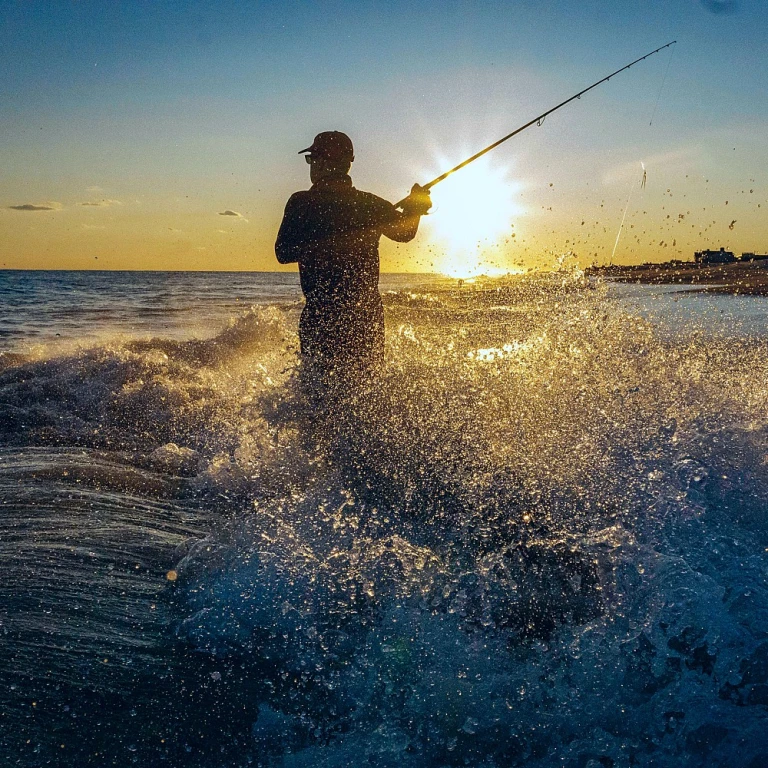
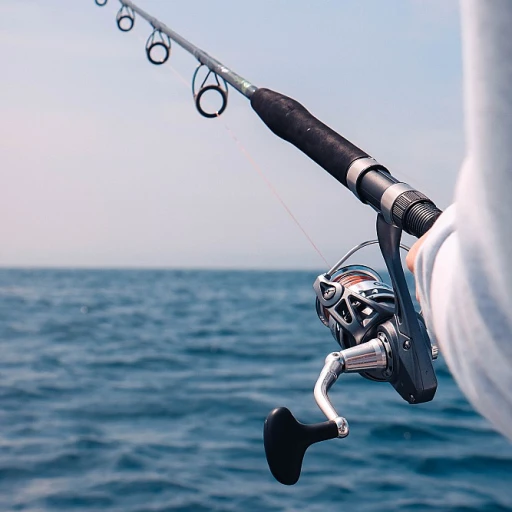

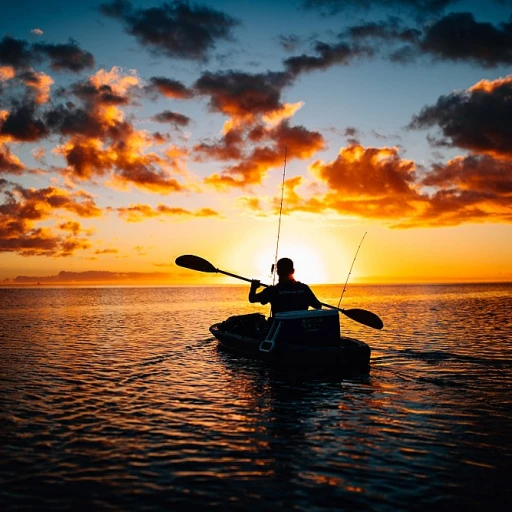
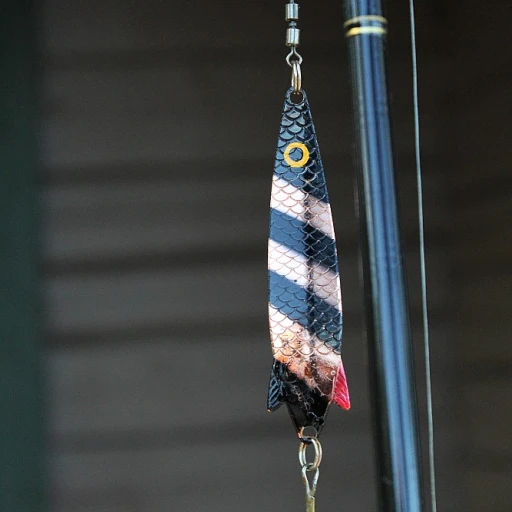
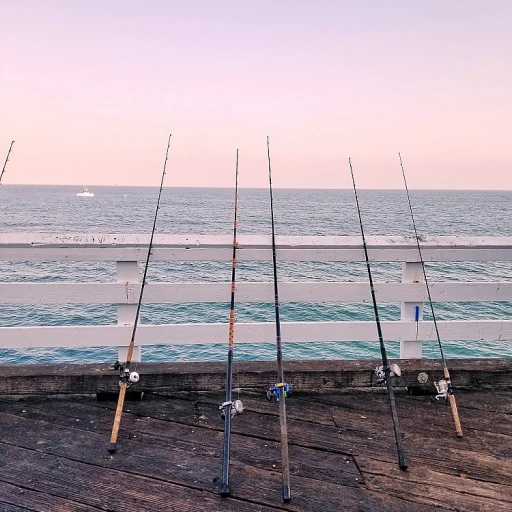

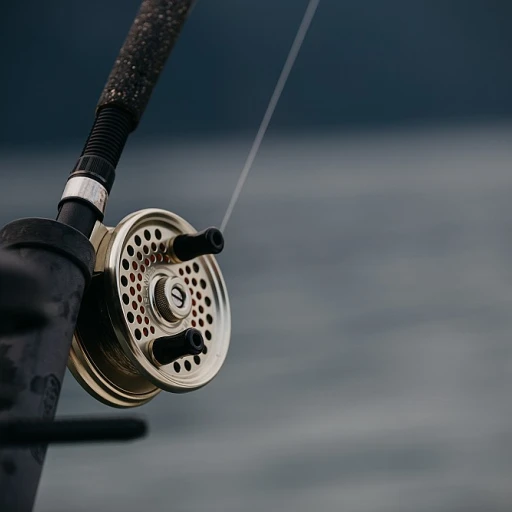
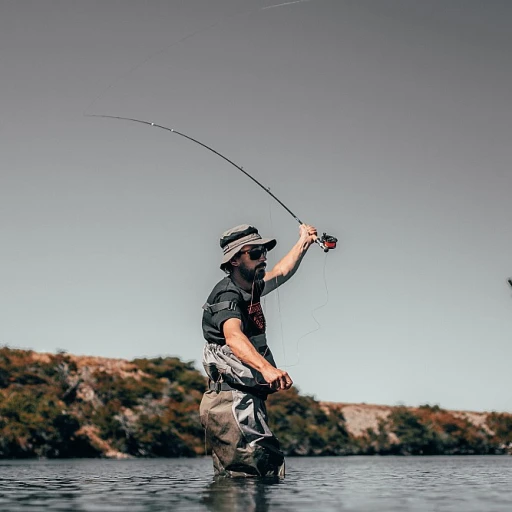
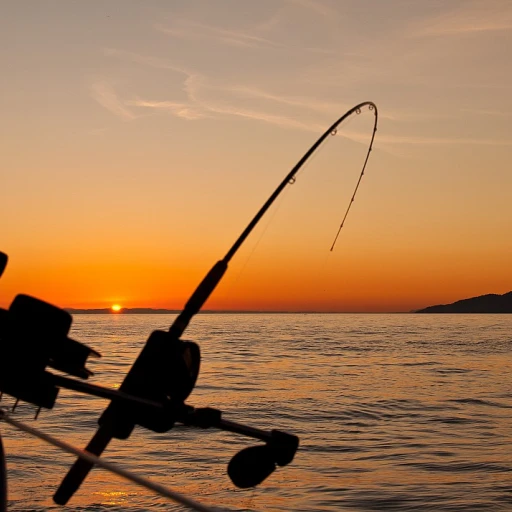
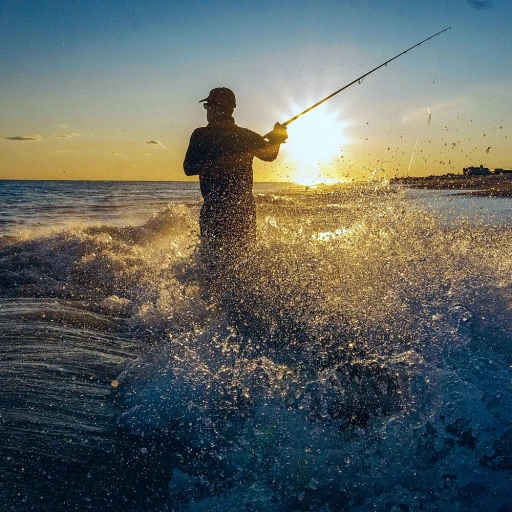
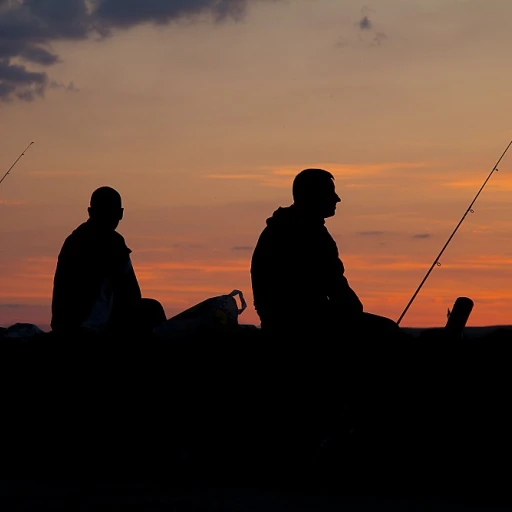
-large-teaser.webp)